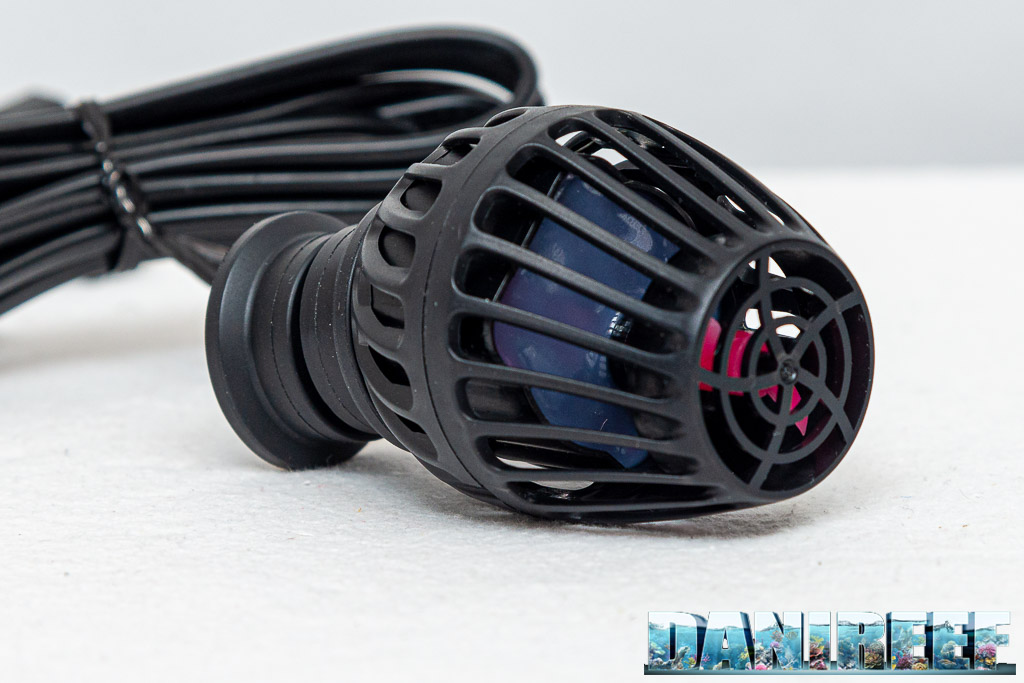
We tried the new second-generation NewJet Wave recirculating pumps, which are great for mini and nanoreefs, and we liked them very much.
Aquarium Systems has upgraded its NewJet Wave motion pumps for its second generation, and we were delighted to try them out.
This is a small movement pump that measures only 6 cm in length, with a flow rate of 2,100 l/h and a power consumption of only 2.2 watts. There are actually 2 NewJet Waves, because there is also one with a flow rate almost half as high: 1,100 l/h for 2 watts of consumption. It has the same external measurements, but we chose the 2,100 version because it was perfect for our nanoreef.
Let’s start with the technical characteristics of the NewJet Waves
| Model | 218064 | 218065 |
| Flow rate | 1,100 l/h | 2,100 l/h |
| Consumption: | 2 watt | 2.2 watt |
| Recommended capacity for marine aquarium: | 35-70 liters | 80-150 liters |
| Recommended capacity for freshwater aquarium: | 50-110 liters | 120-250 liters |
| Length | 6.7 cm | 6.7 cm |
| Diameter | 5.2 cm | 5.2 cm |
| Price | 55,10 EUR | 61,80 EUR |
Before we get into the details, we leave you with our video presentation, where we show you how we placed it inside an 80-liter minireef. It’s a temporary position, but it’s the one where the footage looked best.
Differences from the older generation
The difference from the old series is incredible. In form and operation, we are talking about completely different pumps, and the consumption has practically halved from 3.5 watts to 2.2 – a 38% decrease!
Another remarkable difference is in the size, which has gone from 8.4 cm to 6.7 cm, a reduction of 20%.
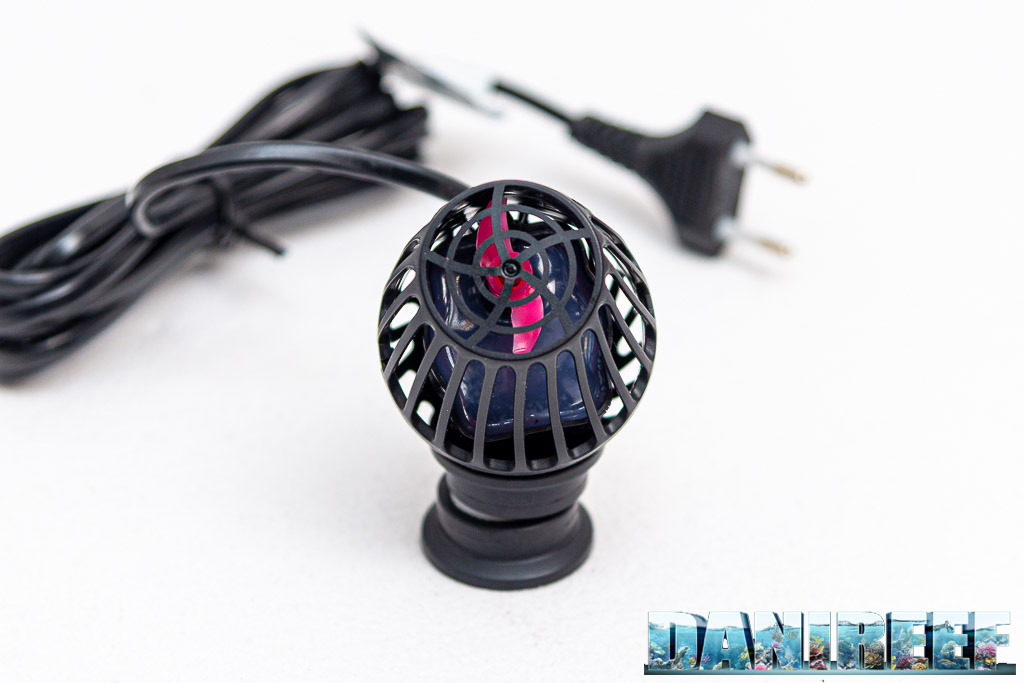
Works with 15 mm thick glass
…yeah, not 15 cm as I said at the end of the video… aside from this joke, I was impressed that its magneto-suction unit is suitable for glass up to 15 mm thick. Thus expanding the operational possibilities of this small pump.
Although the main use of a pump like this is in a nano or minireef, where it is probably used 99 percent of the time, given the capabilities of the magnetovent, it is also possible to use it in a larger marine aquarium as a pump to keep the water moving behind the roch. And this fact expands its versatility.
The pump can be oriented in almost any direction by pivoting on the magneto suction cup, and you can remove the pump from the water while leaving the magnets in place, so you don’t have to reinstall them every time your have to clean the pump.
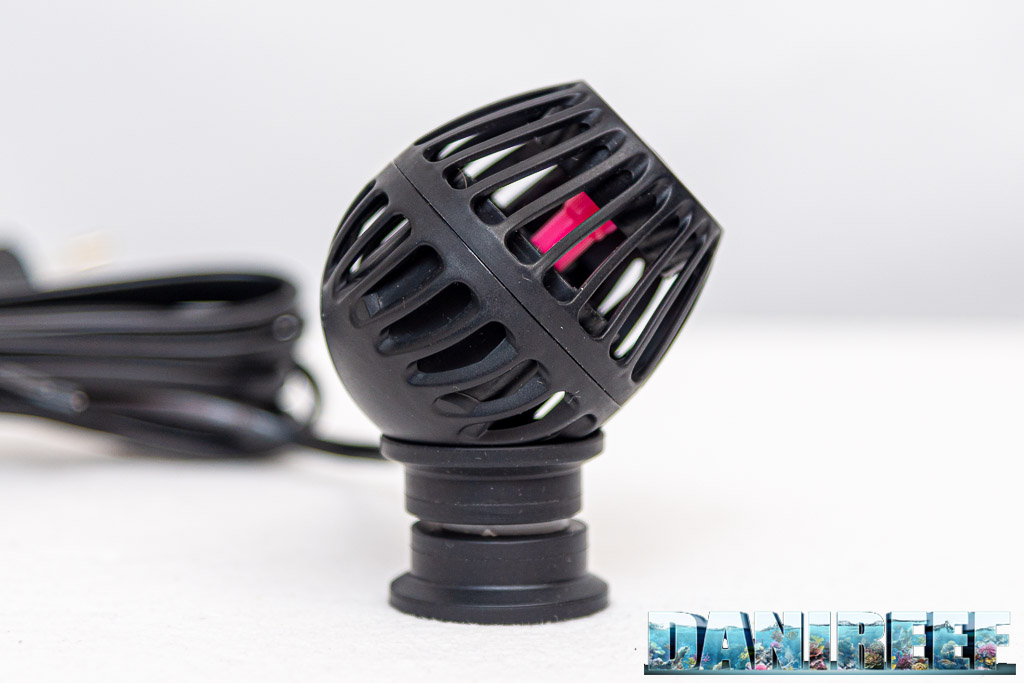
If we consider its rated flow rate of 2,100 l/h, we could say it is a perfect pump for marine aquariums with soft corals, LPS hard corals, and fish up to 210 liters. That is, a pair of pumps that have a flow rate equal to 10 times the volume. Although honestly, I agree with what Aquarium Systems said and would not go beyond 150 liters. For SPS hard corals, on the other hand, in my opinion they are perfect for 50-60 liter nanoreefs.
The pump impeller is very classic and very small considering its size, with its shaft integrated within the pump body.
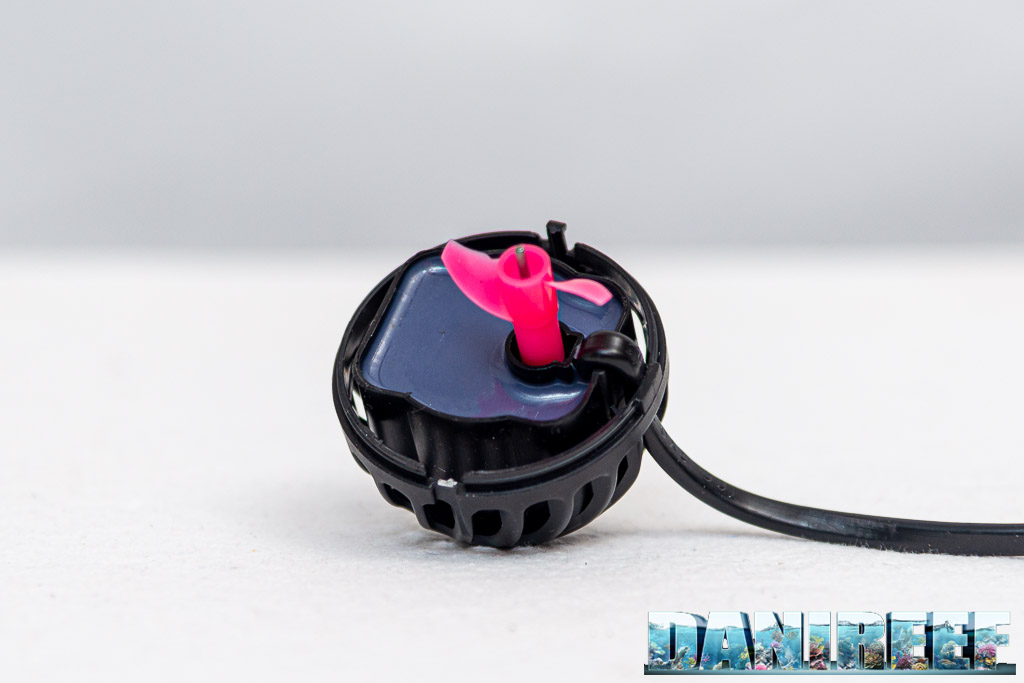

And the noise?
Believe me when I say that this pump is inaudible. You can’t hear it at all when outside the aquarium. Absolutely silent. But, as in all good stories there is a but…
As soon as I put it in the aquarium it was noisy, the vibrations were very annoying. So much so that I called Aquarium Systems directly to find out if it was my problem or a congenital defect in the pump, although it seemed strange to me that it was making noise since it was advertised as extremely quiet.
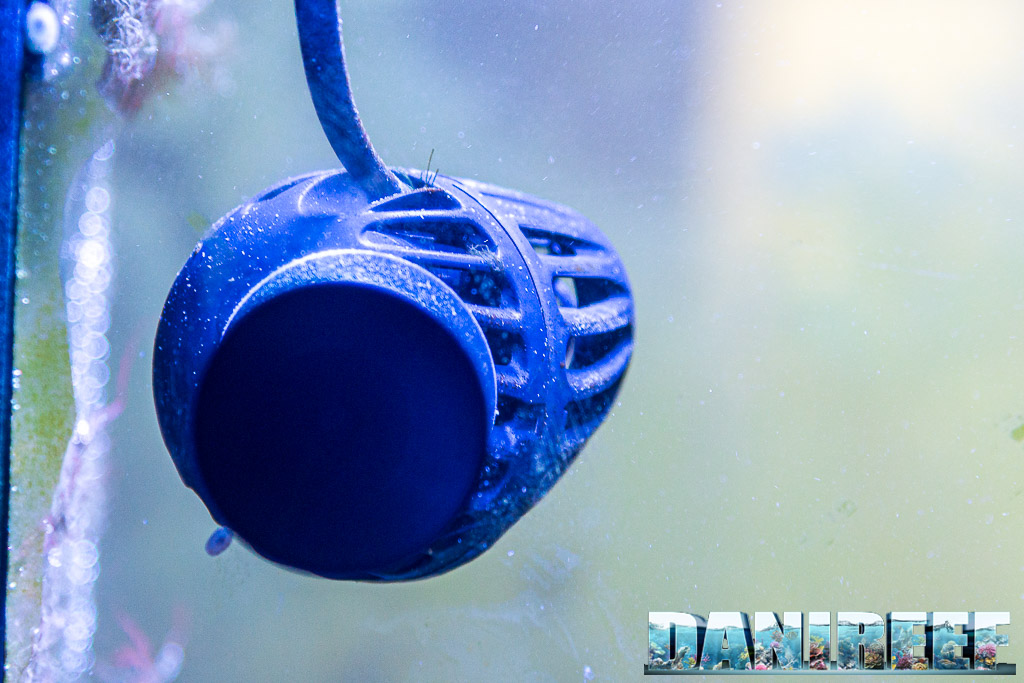
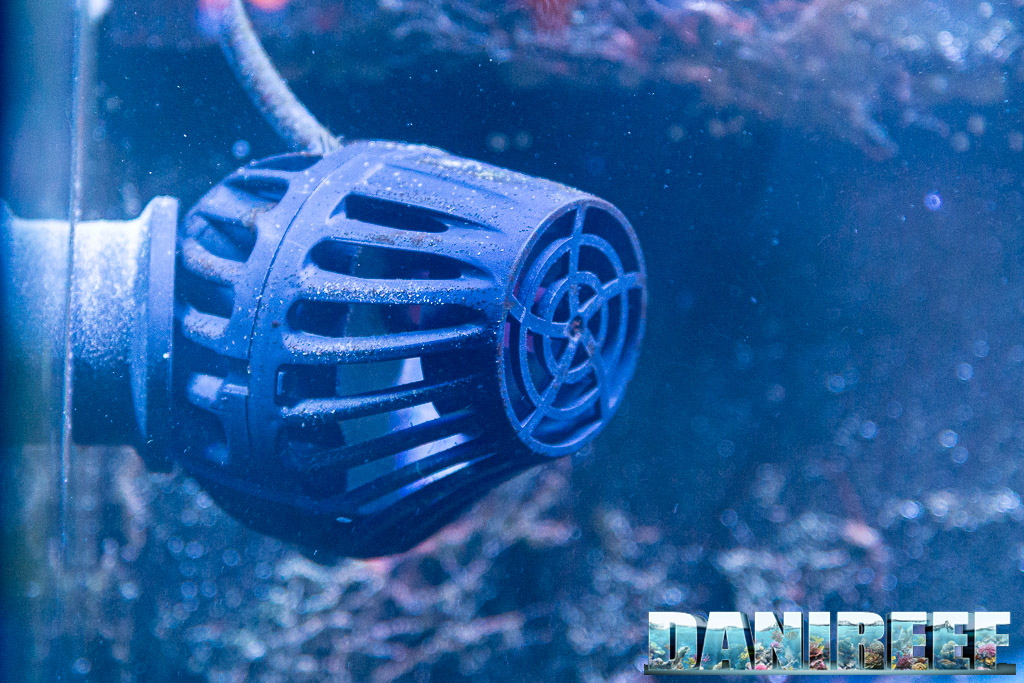
Well I had installed it incorrectly. But in my partial defense, I should note that I had not seen any directions about how I should install it. The two magneto fans, the one that connects directly to the pump and the one that sits outside the glass are almost identical. Almost. In the sense that they are perfectly identical except for one very small detail. One of them has three small raised balls in the convex part. I hadn’t paid any attention to it, and having taken it apart to take videos and photographs, I had installed it in the aquarium with the three little hemispheres on the outside of the glass. Instead, those three little bumps are there to completely eliminate vibration and noise.
To tell if the pump is working, I have to touch the electrical cord–otherwise it is impossible to tell. A truly remarkable achievement.
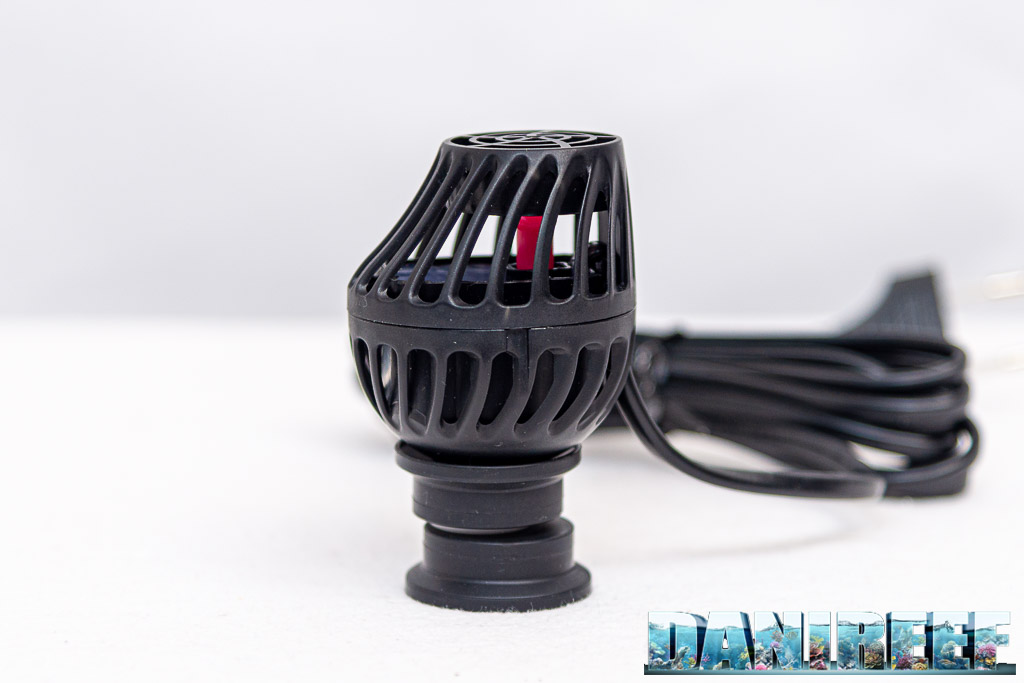
Closing comments
If you have a nanoreef or a minireef, or an aquarium that needs more movement, and at the same time you are not interested in having flow regulation, these are the pumps for you. They are tiny, at 6.7 cm long, consume almost nothing, only 2.2 watts, and are absolutely inaudible. What more could we ask for?
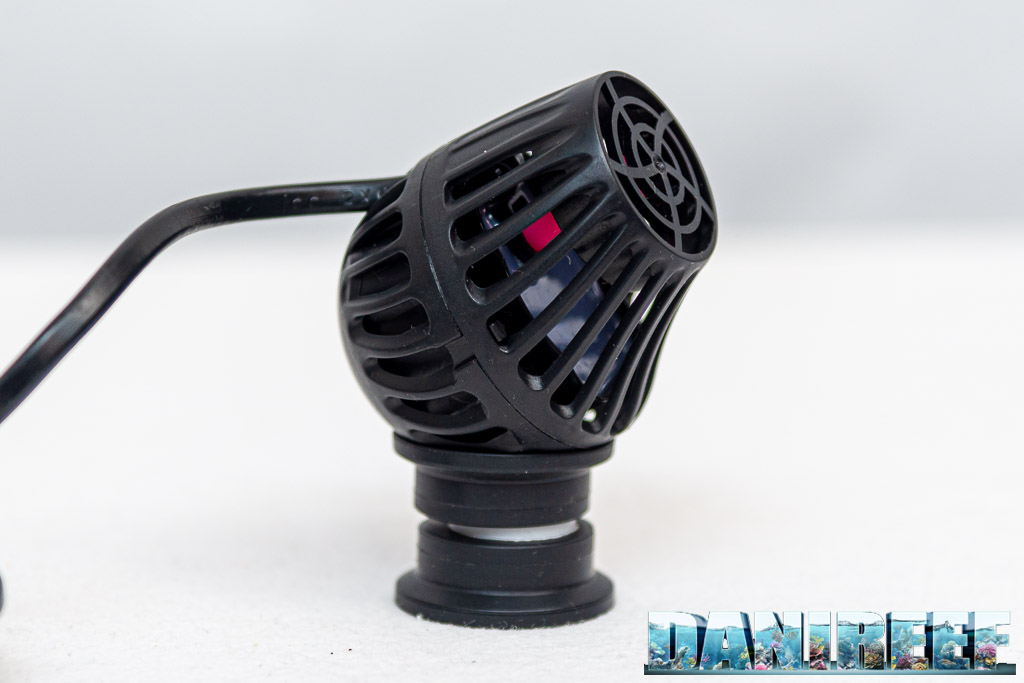
The only flaw is the price, because 62 euros ($70 USD) is not cheap. Although at that price you get a pump that borders on perfection and the security of a great company behind it, which will always be ready to intervene in case any problem arises.
Disclaimer: Thanks to ASF Aquarium Systems for providing us with the NewJet Wave pump for this review
[translated by Aisja Baglioni]










0 Comments